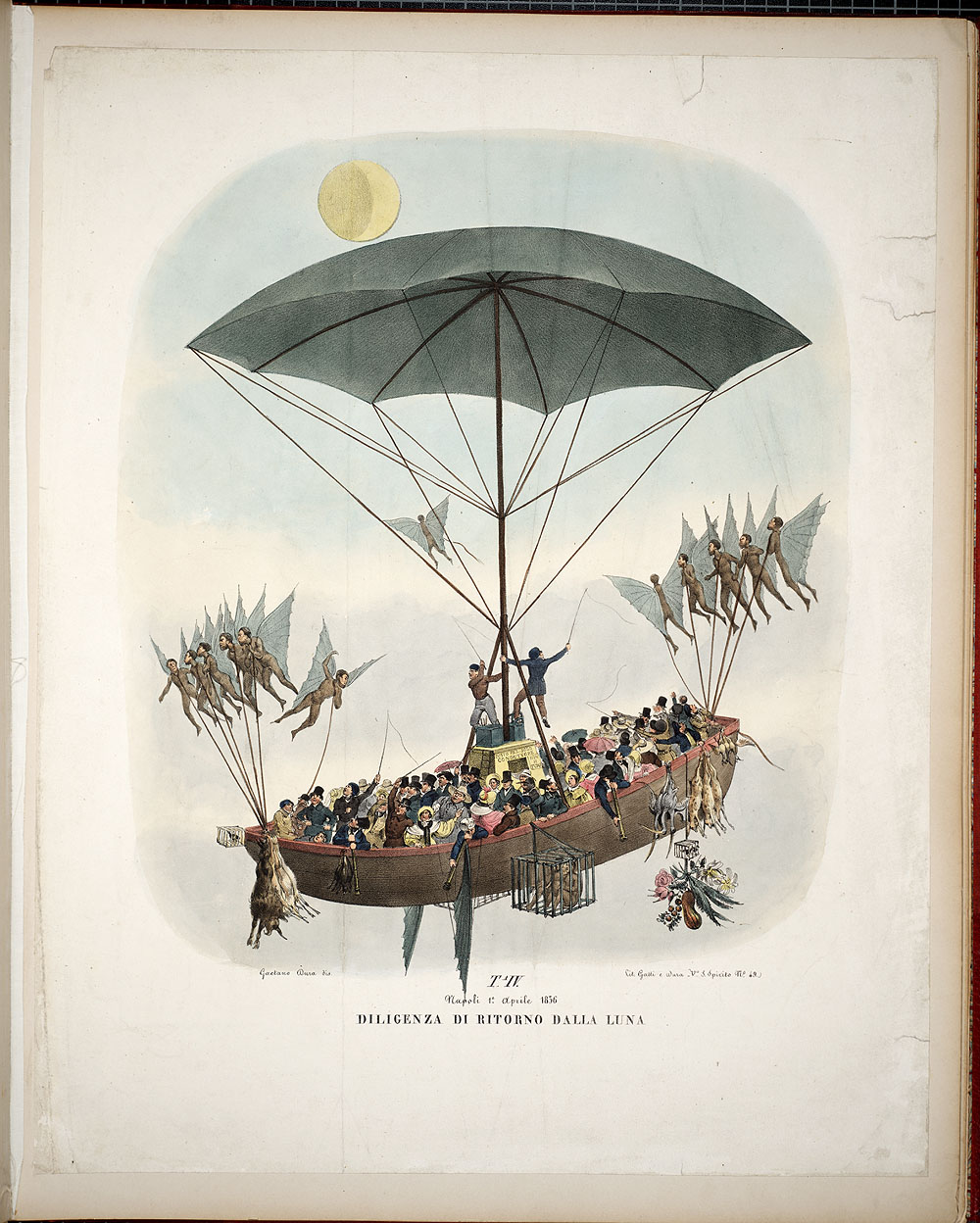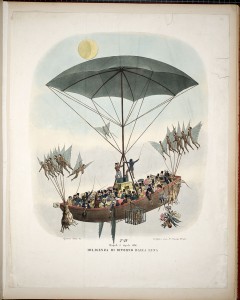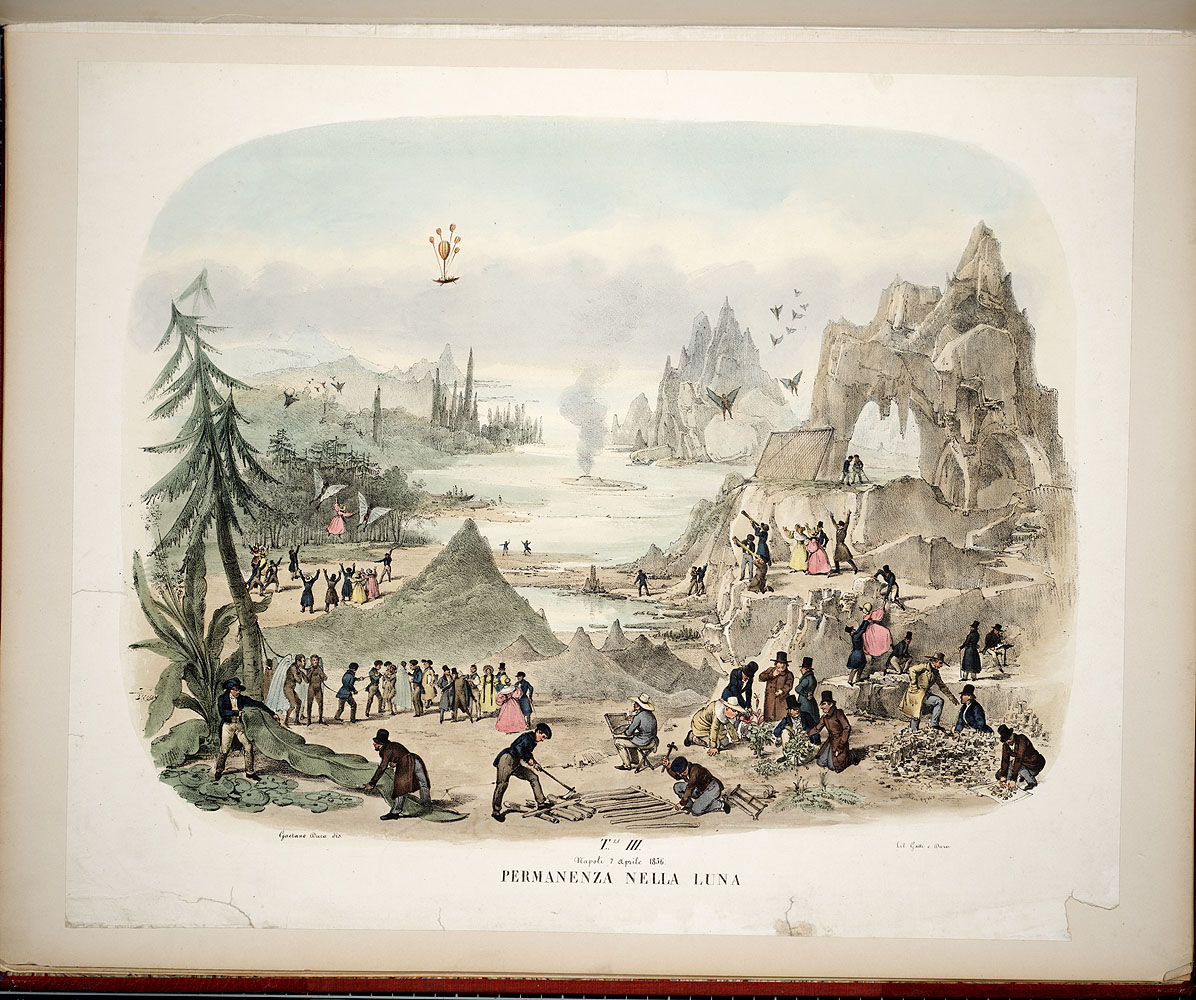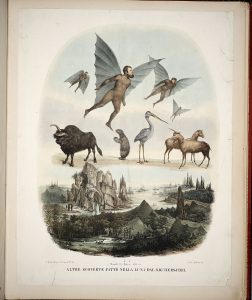This post was written by Leslie K. Overstreet, Curator of Natural-History Rare Books.
Walt Kelly, famed field naturalist of the Okeefenokee Swamp, was born on Aug.25, 1913.
He first revealed Okeefenokee’s extraordinary zoological community to the world in 1949. It included an alligator, turtle, owl, porcupine, skunk, three bats, even worms on occasion, and various others. Contrary to basic scientific protocols, Kelly tended to personalize, even anthropomorphize, his research subjects: He named them, for example, and published a series of illustrations of their behavior and interactions that ran in newspapers nationwide for decades.







